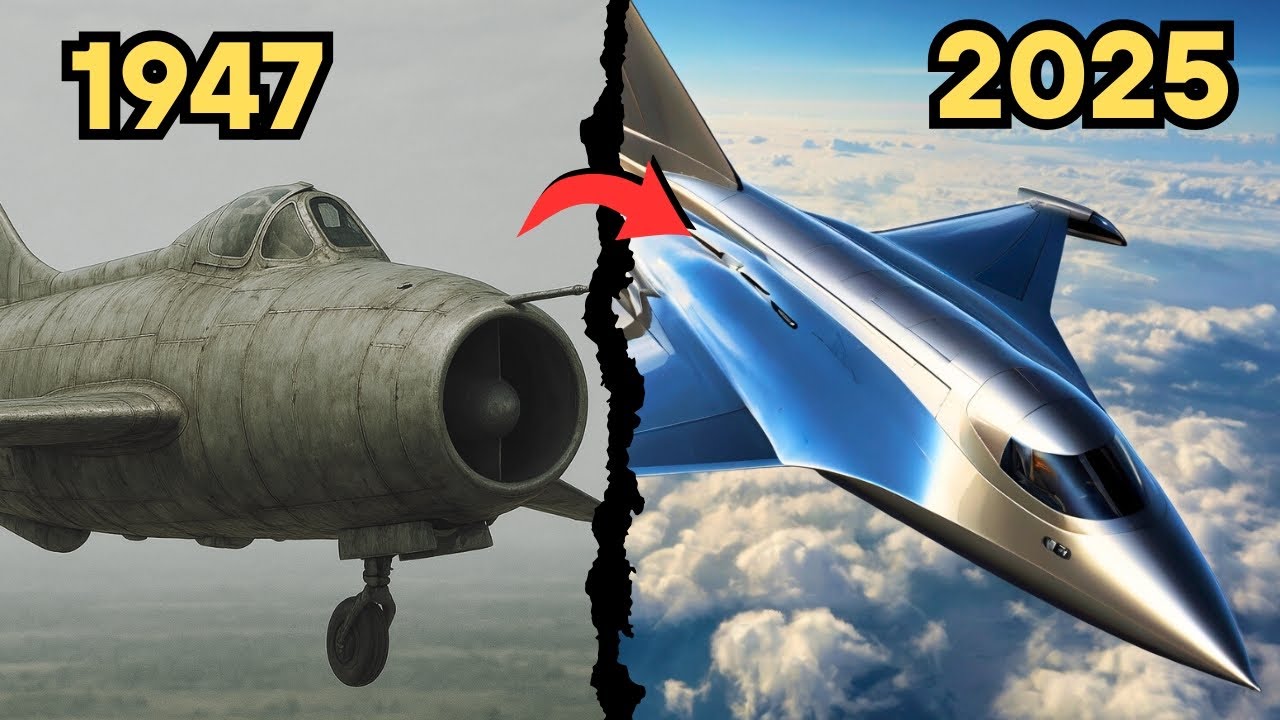The story of supersonic aircraft is a bold chronicle of speed, engineering daring, and relentless pursuit of performance. Since 1947, when the Bell X-1 first shattered the sound barrier, aircraft designers have pushed the limits of what’s possible in the skies. From experimental rockets to stealth fighters, supersonic flight has transformed both military power and aviation history.

It all began with the Bell X-1, piloted by Chuck Yeager, who broke the sound barrier in level flight in 1947. Shaped like a bullet and powered by a rocket engine, the X-1 was never meant for combat—it was a test platform. But its success opened the door to a new era where flying faster than sound became not only possible but necessary for air superiority.
By the 1950s and ’60s, supersonic jets entered military service. Aircraft like the F-100 Super Sabre, MiG-21, and F-4 Phantom II could now engage at speeds above Mach 1, revolutionizing aerial combat. The race for speed continued with the development of high-speed interceptors and bombers like the SR-71 Blackbird, which could cruise at over Mach 3—still unmatched today.
The Cold War pushed the evolution even further, but it wasn’t just about speed. Stealth, agility, and avionics became just as important. The introduction of the F-22 Raptor in the early 2000s marked a new era: a supersonic stealth fighter capable of supercruise (flying faster than sound without afterburners) while dominating both air-to-air and ground attack missions with unmatched technology.
Looking to 2025 and beyond, the evolution continues with projects like the B-21 Raider, Next Generation Air Dominance (NGAD), and civilian concepts like Boom Supersonic’s Overture. Supersonic aircraft are no longer just about raw speed—they are about intelligence, survivability, and precision. From the rocket-powered Bell X-1 to the radar-evading F-22, the journey of supersonic flight is far from over—and the future may be even faster.